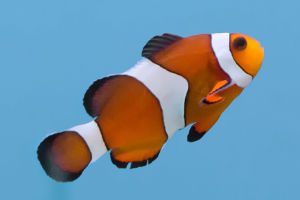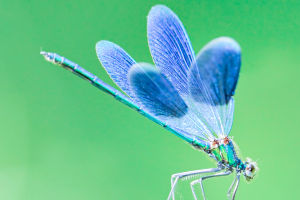The polar bear is one of the largest land carnivores in the world and currently faces serious threats to survival.
They primarily inhabit the frozen regions, sea ice, and surrounding waters in the Arctic and rely on sea ice as a habitat and food source. However, global warming has caused a reduction in Arctic sea ice, leading to a loss of habitat and food sources for polar bears. According to the International Union for Conservation of Nature (IUCN), the current total population of polar bears is estimated to be between 23,000 and 31,000.
However, due to the drastic deterioration of their living conditions, they are facing increasing threats to survival and have been classified as an endangered species and at high risk of extinction.
Changes in the ecological environment have had a huge impact on the survival of polar bears. As ocean and atmospheric temperatures continue to rise, the rate of Arctic sea ice loss is faster than ever before. Polar bears prefer to live and hunt on ice floes, and when these ice blocks melt, they are forced to swim in search of new food sources.
However, due to their large size and poor swimming ability, they will struggle to survive without enough ice as a "springboard."
In addition, climate change has also led to changes in the marine ecosystem, resulting in a significant reduction in the population of prey such as seals and whales in the Arctic, affecting the food sources of polar bears. The food chain and ecological environment of polar bears have faced challenging issues, requiring global cooperation efforts to address these problems.
Besides climate change, human activities also pose a threat to the survival of polar bears. Overhunting and illegal hunting are among the main reasons for the decline in polar bear populations.
In recent decades, many polar bears were hunted for their fur and other body parts, such as their paws. Although several measures have been implemented to prohibit hunting and illegal trade, such behavior still exists in some areas.
Furthermore, human activities have also caused pollution in the Arctic waters. Industrial activities such as oil and gas exploration and transportation have caused severe pollution of water and ice surfaces in the Arctic, posing a great threat to polar bears and other creatures.
Hazardous substances such as chemicals and plastic waste enter the food chain, which may endanger not only polar bears but also other marine life and human health.
The survival of polar bears faces a grim situation, requiring attention and action from all sectors of the global community. To protect polar bears, a series of measures need to be taken:
Mitigating climate change, Global warming is one of the main reasons for the endangered status of polar bears. Reducing greenhouse gas emissions and promoting renewable energy can mitigate climate change.
In addition, monitoring and researching climate change are necessary to better understand its impact on polar bears and their habitat.
Protecting habitats: Protecting Arctic sea ice and surrounding ecosystems, including limiting development and destructive human activities, ensures sufficient habitat and food sources for polar bears. This includes policy and regulation formulation and enforcement, restrictions and management of commercial activities, etc.
Controlling hunting: Limiting hunting and strengthening supervision while promoting alternative economic opportunities can reduce the killing of polar bears.
This requires strengthened law enforcement, a crackdown on illegal hunting and trade, and providing other income sources for local communities, such as eco-tourism and cultural heritage protection.
Reducing pollution: Measures to reduce human activity's pollution in the Arctic waters, including improving environmental standards for industry and transportation, and limiting development and operation in sensitive areas.
At the same time, it is essential to strengthening monitoring and evaluation to understand the impact of pollution on polar bears and their ecosystem and take corresponding measures.
Educating the public: Raising awareness of the importance of polar bears and their ecosystems and promoting global protection through public education, social media, science communication, etc.
Comprehensive measures must be taken to protect polar bears, ranging from climate change to environmental protection, hunting and trade control to education and publicity.
Only with joint efforts from all sectors of the global community can we ensure the survival and prosperity of polar bears and other valuable wildlife.


